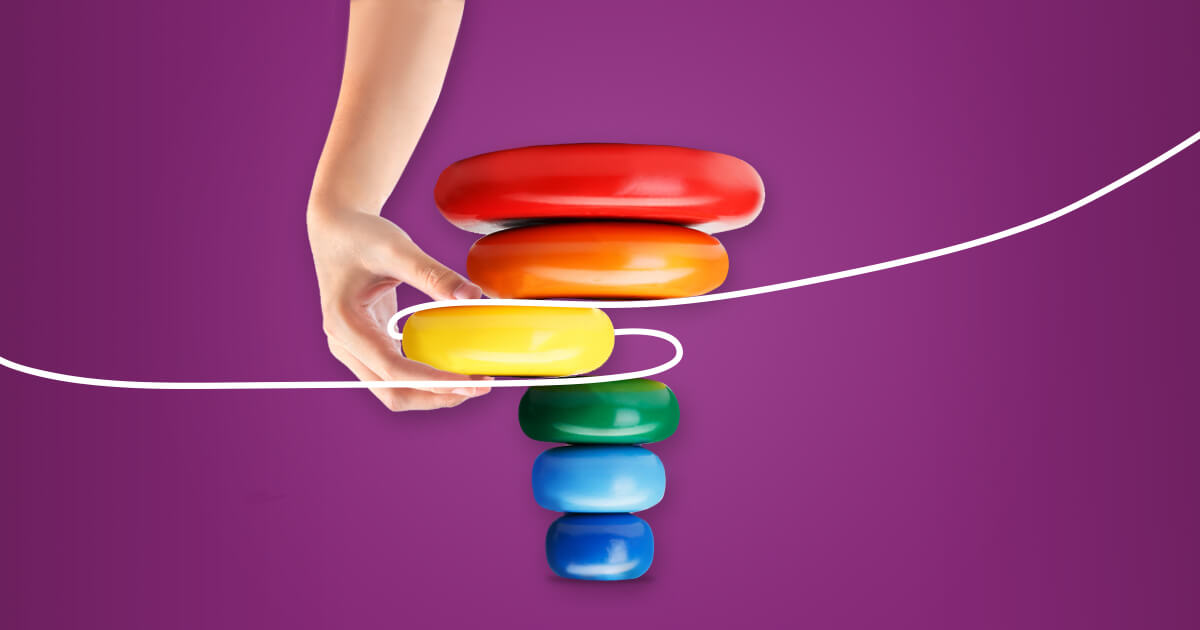Why use funnels in the marketing campaigns
An email marketing funnel allows you to focus your efforts on the right people at the right time. This ensures that your marketing campaigns are more effective and efficient. There are many reasons why businesses need a marketing funnel. Some of these include:
Providing more value to your marketing strategy
When you have an email marketing funnel, you know the journey your customers take towards buying your product. This means that you can send emails that are targeted to where they are in the funnel, and move them along to the next stage. Thus, you can develop an email marketing strategy without having to guess.
For example, in the awareness phase, you should not sell your product head-on. Instead, prepare emails that show how great it is to be your customer, and how valuable your product is.
Creating personalized messages
Email marketing funnels are a powerful tool for reaching your audience and engaging them effectively. By collecting data about your subscribers and understanding their needs, you can create custom emails that resonate with each individual person. The personalization strategy provides an increase in open and click-through rates by 139%.
For example, you can personalize your emails based on factors such as a client’s demographics, purchase history, time zone, past behavior, and other interests.
Tracking the performance of your campaigns
Email funnels provide a way to measure and see what strategies work for your audience, as well as to determine why some are turning off at certain points in their journey and make changes accordingly.
For example, if many subscribers are lost just before conversion, the problem may be with the content of the emails or the conversion process itself. By understanding where issues arise, businesses can make necessary adjustments to improve their email marketing campaigns.




























